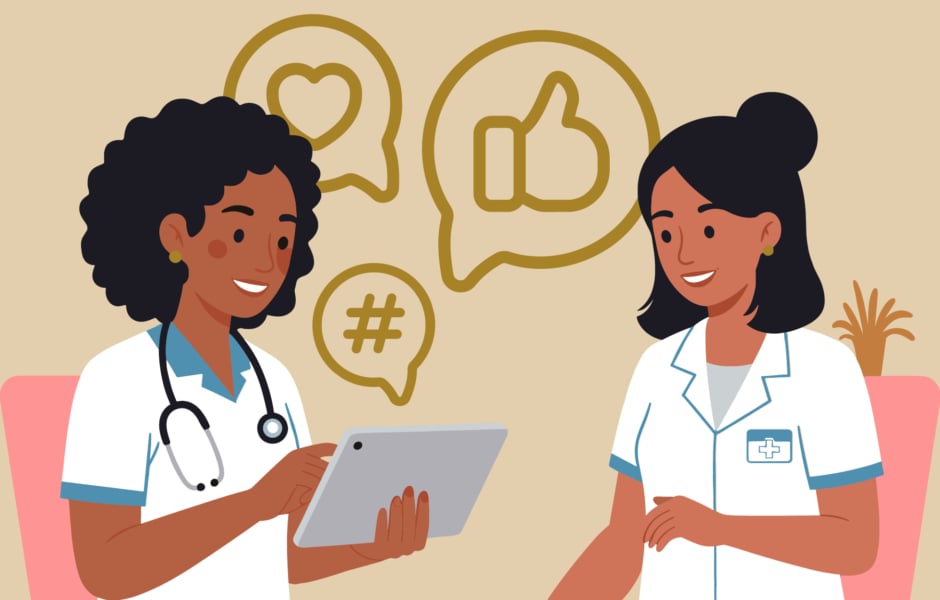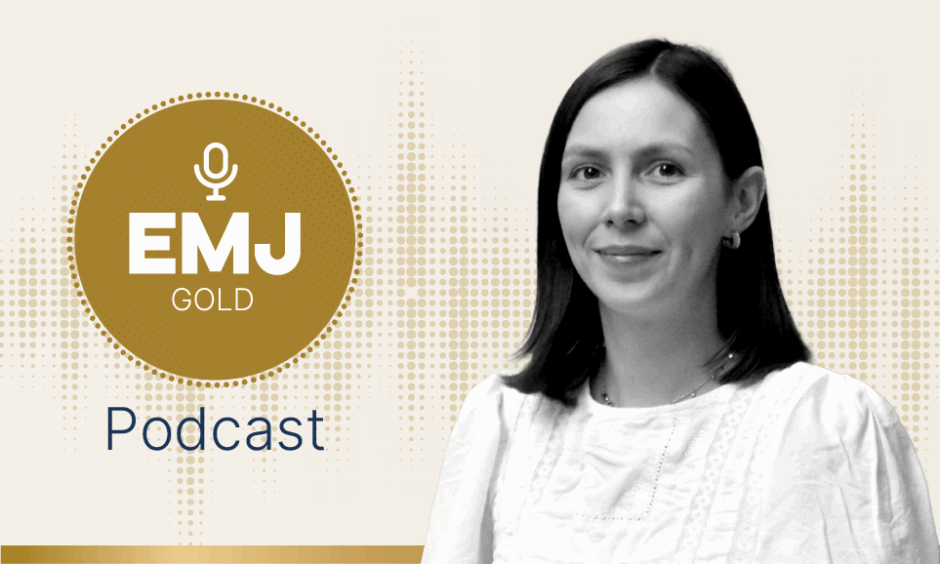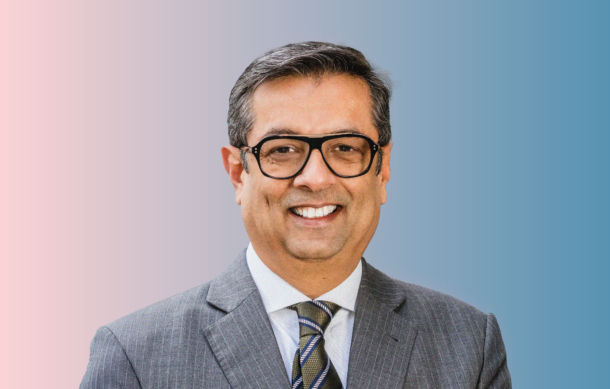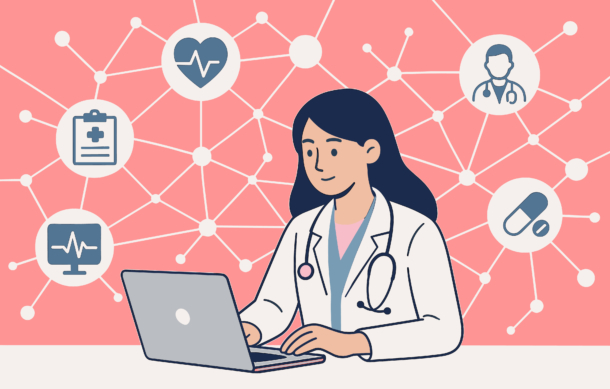From listening in real time to outpacing the algorithm, these four trends show how marketers can turn social platforms into authentic spaces for connection in 2025
Words by Isabel O’Brien
The online world is moving faster than ever before, reshaping the way that pharmaceutical companies connect with healthcare professionals. Increasingly, social media is not just a megaphone for corporate announcements, but a lively ecosystem where knowing your hashtags from your handles, and your impressions from your influence, is the norm.
As more HCPs use social platforms for research, education and peer connection, pharma marketers need to deliver experiences that keep up with current trends and exceed lukewarm offerings of the past. Here are four key approaches to help you harness social media’s full potential in 2025.
1. Observe, don’t assume
Pharma marketers often rely too heavily on historical data that quickly becomes outdated. As Hemal Somaiya, Chief Strategy Officer, PharmaForceIQ, explains: “Pharma still struggles to adapt rapidly to channel popularity shifts, evolving engagement rates and changes in customer preferences.”
From a content perspective, adding real-time social listening enables marketers to understand live HCP conversations, clinical priorities and emerging concerns on social platforms. This deeper insight helps create engagement that resonates more authentically and timely. For example, listening to peer sentiment and treatment discussions can reveal what formats and topics are most relevant right now.
How to do it: Integrate social listening tools into your campaign framework to continuously monitor HCP dialogue and sentiment. Use this intelligence to inform content topics, messaging tone and channel priorities dynamically throughout the campaign lifecycle.
2. Move before the algorithm does
Beyond understanding your audience, applying technology that adapts campaigns in real time is crucial. Somaiya highlights: “The biggest opportunity ahead lies in using real-time intelligence to create agility, especially as we navigate regulatory upheaval.”
Leverage AI-powered platforms and data analytics that allow marketers to analyse what’s working, pivot quickly, run creative A/B tests and reallocate budgets without the delays of traditional media cycles. For instance, if engagement among HCPs surged on X, campaigns should be able to prioritise that channel swiftly. This agility ensures pharma marketing remains relevant amid fast-changing online environments.
How to do it: Develop campaign infrastructures that ingest continuous feedback for rapid decision-making. At the same time, embed compliance support in early optimisation cycles to navigate regulations efficiently, and invest in AI tools that automate channel and content adjustments based on live performance data.
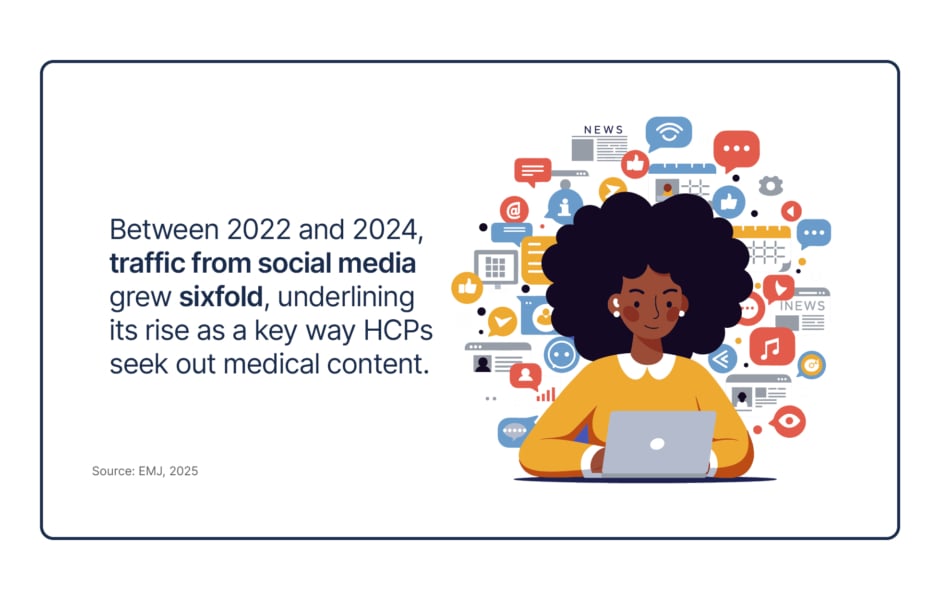
3. Small rooms, big conversations
The era of spray-and-pray marketing is fading. Pharma marketers should turn towards trusted professional micro-communities where clinicians engage in peer-led, high-value discussions. Somaiya notes: “Pharma often overlooks the shift from broad platforms to professional micro-communities where valuable conversations are happening.”
Platforms like Reddit and LinkedIn host smaller groups of clinicians engaging in high-value, peer-led dialogues. For example, marketing consultancy LiveWorld finds that Reddit’s r/medicine and r/nursing groups now boast approximately 494,000 and 931,000 members respectively, reflecting a shift towards quality over quantity. These micro-communities offer fertile ground for sharing hyper-relevant content and trust-building.
How to do it: Find the spaces where HCPs are actually talking, and make sure your team is present in a meaningful way – moderating discussions, sparking conversations and adding value. Partnering with trusted organisations like EMJ, which reaches over 120,000 HCPs across over 40 specicialised social channels, can also be a way for teams to share targeted, compliant content with the right audience.
4. Keeping up without falling over
The social media ecosystem is in flux, with emerging platforms like Threads and BlueSky gaining traction alongside established giants facing policy and algorithm changes. According to IQVIA, around 28% of Gen Z and 25% of Millennial HCPs now initiate healthcare research on social media rather than traditional search engines. This demands that pharma marketers diversify their channel portfolios; spreading investments and continuously assessing platform safety, engagement quality and regulatory risks.
How to do it: Build a diverse portfolio aligned to your audience’s habits, while testing emerging platforms incrementally before committing significant resources. Also, engage legal and compliance teams early to manage content and platform risk, ensuring brand safety while retaining spontaneity in engagement.
Social media isn’t slowing down, and neither can pharma marketers. By listening in real time, acting with agility, engaging in tight-knit communities and spreading your bets wisely, you can turn fast-moving platforms into meaningful connections. In 2025, it’s not just about showing up – it’s about showing up savvy.

